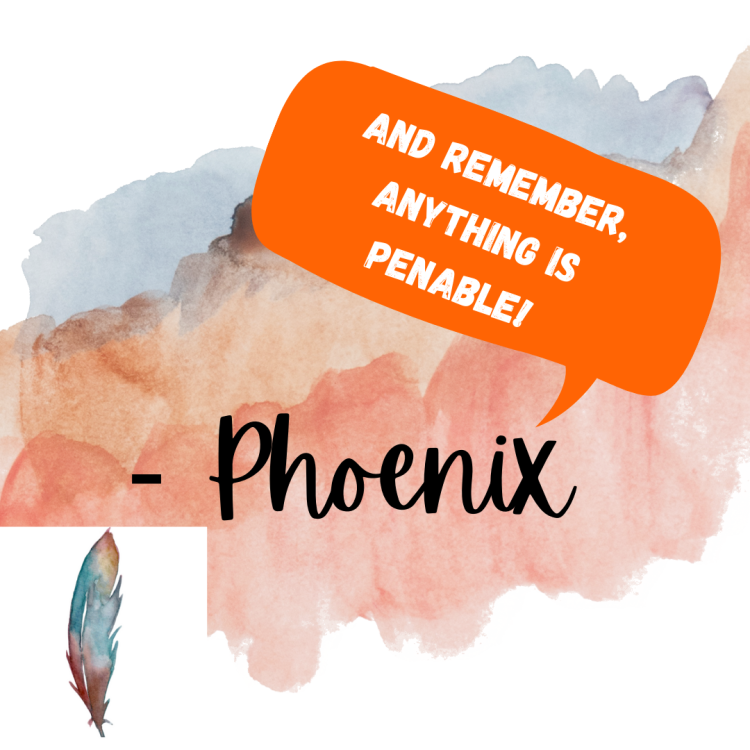If you want to write a book then you must learn how to write dialogue effectively, which fortunately, is pretty easy.
I know a writer who set herself to the challenge of writing a novel with no dialogue in it, but I’m assuming that you want your book to have dialogue, so let’s dive in!
Like writing multiple POVs, you want to make sure that your characters don’t sound the same. Ensure that each character has a different voice. This will make the dialogue flow more subtly.
Writing dialogue is easy, if you avoid the biggest mistake which I’ve seen everywhere. Writers don’t realise it, but their dialogue turns out to be unrealistic. If your characters are human, then they need to speak like human. Which involves:
- Interrupting each other
- Stammering and saying “erm”, “oh”, “er” (but not always)
This doesn’t happen always, but it is realistic. Listen to real conversations and make notes. It sounds ridiculous, I know, but there is a lot to learn from it.
Make sure you remove unnecessary dialogue. Dialogue should be mostly related to the plot and move the story along. Your story should not stop once the characters start talking.
Read your dialogue out loud to spot mistakes and clichés. Think about things like, is it too awkward? Does it sound natural? Do we talk like this in real life?
Instead of saying ‘ she said’, some writers like to put the characters’ names in the dialogue. Don’t do this! Look how awkward and unnatural it is:
“Did you see that film that came out last week, Anne?”
“Yes, it’s one of my favourites, Harry.”
“Mine too. Which part did you like best, Anne?”
“Well Harry, I liked every part. Particularly the ending scene, Harry.”
“Yes that was emotional, Anne.”
“It sure was, Harry.”
And I can keep going for ages. That was tiring, wasn’t it? So please don’t do that.
Writers like to do this so they can avoid putting ‘she said’ or ‘he said’. Because lots of writers think that ‘said is dead’. I’ll go over this shortly.
Dialogue tags
A dialogue tag is a small phrase in between, after or before the dialogue itself.
Some examples of dialogue tags are said, asked, began, muttered, murmured and shouted.
Make sure that you do not overuse dialogue tags as this becomes distracting, irritating for the reader and unnecessary. Look at this:
“Did you see that film that came out last week?” Harry asked.
“Yes, it’s one of my favourites,” Anne replied.
“Mine too. Which part did you like best?”
“Well, every part. Particularly the ending scene.”
“Yes that was emotional.”
“It sure was, Harry.”
This is simple and pretty smooth. If I used long and unnecessary words like questioned, responded and so on, it’ll be very distracting. Your goal is to make sure that the reader finds the dialogue realistic and is aware of who is talking. You only need enough dialogue tags for the reader to be aware of who is talking.
Now, there is a big debate for whether using ‘said’ is dead or not. Some people think that putting ‘said’ into your writing makes it simpler and the reader can focus on the actual dialogue rather than the dialogue tags. And some people argue that adding more descriptive dialogue tags to your writing like shouted, retorted and can make it clearer.
I think that using a mixture of said and other descriptive tags is a good idea. Don’t stick to one.
In some cases, using ‘said’ is simpler and easier to make the reader focus on the actual dialogue, but remember that overuse in most things in writing can frustrate readers. So don’t overuse ‘said’ and use it in longer conversations where the reader would concentrate on the dialogue rather than the tags.
In shorter dialogue, it may be good to use more descriptive tags.
Reveal character
Dialogue is great for revealing character, showing what your protagonist needs and wants. A character’s thoughts and feeling can be shown through dialogue, through their tone and voice and through what they say.
You can convey:
- A character’s background through their accent and slang
- A character’s motives through what they say and don’t say
- A character’s relationships with other characters through gestures and the content of the dialogue
Last tips!
- Read your dialogue out loud to ensure it is realistic and free of clichés and mistakes
- Give each of your characters a different and unique way of speaking
- Avoid info-dumping through dialogue
- Ensure that you’re punctuating your dialogue correctly
- Make sure that your writing doesn’t have too much ‘fluff’ that’ll slow down the story and simply bore the reader
Thank you for reading!
Stay safe,
